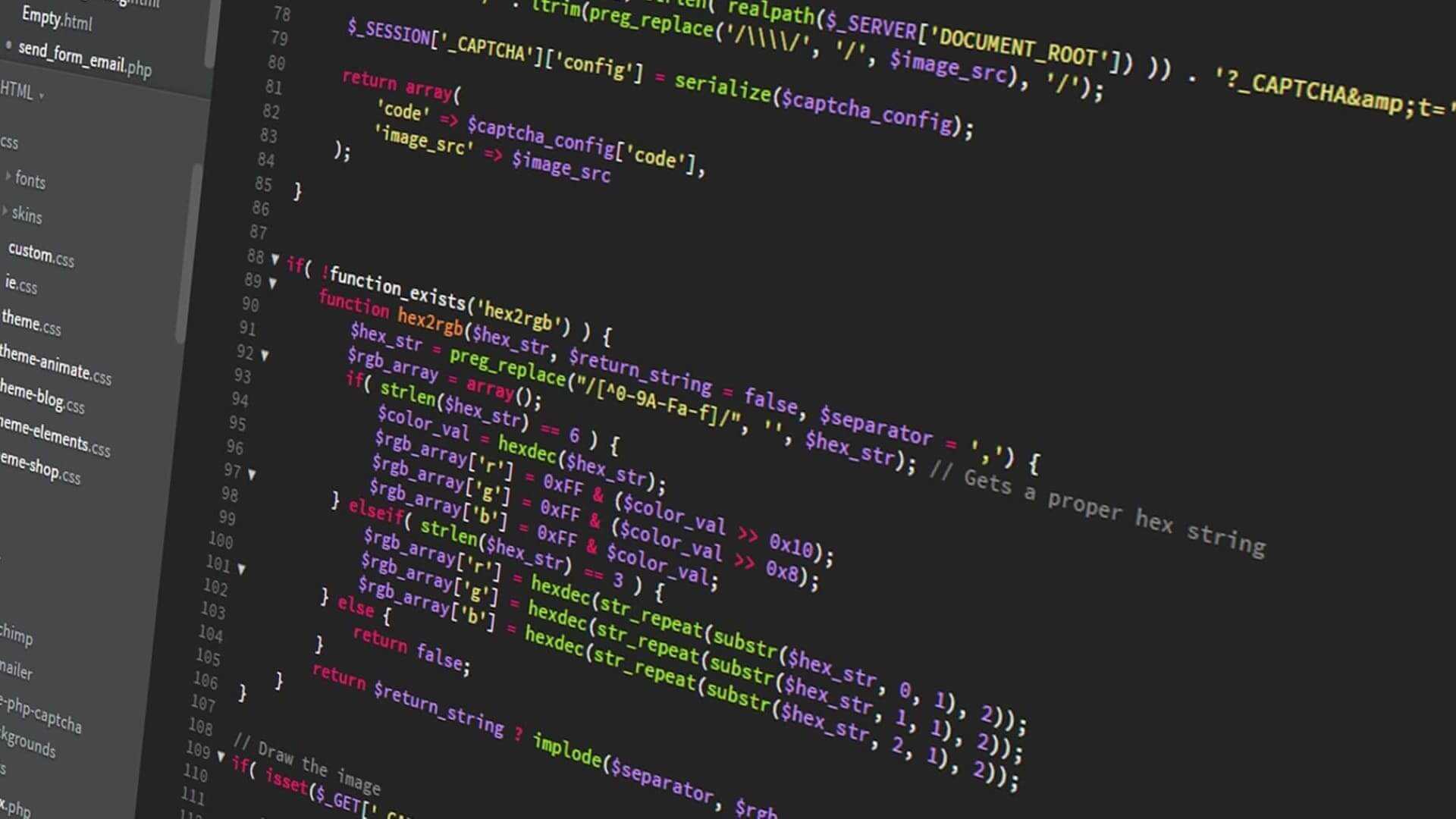Improving sprite sheets generation for Phaser JS game with Webpack 4 - Skate Platformer Game Devlog #02
Game dev updates and code snippet.
Written in September 9, 2020 - 🕒 2 min. readHey guys, second post in less than a week, unbelievable.
In the gameplay, we don’t have a lot of news since the last video, just some changes in the game build, which I would like to share here with you.
First I have to get all the tileset files, sprites, and the stage files made in Tiled.
const stageFiles = await fs.readdir(STAGES_PATH);
const tilesetFiles = await fs.readdir(TILESETS_PATH);
const tilesetImageFiles = tilesetFiles
.filter((tilesetFile) => supportedImageTypes.includes(tilesetFile.split('.')[1]));
const spritesFolders = await fs.readdir(SPRITES_PATH);In the sprites folder there is an image for each frame of the animation:

Now I pass the path from that folder to the WebpackFreeTexPacker plugin with some default settings:
const textPackerPlugin = [];
for (const spritesFolder of spritesFolders) {
texPackerPlugin.push(
new WebpackFreeTexPacker(
path.resolve(__dirname, `${SPRITES_PATH}/${spritesFolder}`),
'../assets/atlases',
{
height: 32,
textureName: spritesFolder,
fixedSize: false,
padding: 0,
allowRotation: false,
detectIdentical: true,
allowTrim: true,
exporter: 'Phaser3',
removeFileExtension: true,
prependFolderName: false,
}
)
);
}And for each of the tilesets images I will process them using the extrude plugin:
for (const tilesetFile of tilesetImageFiles) {
await extrudeTilesetToImage(
tileWidth,
tileHeight,
`${TILESETS_PATH}/${tilesetFile}`,
`${DIST_PATH}/assets/tilesets/${tilesetFile}`,
{
margin: 0,
spacing: 0,
}
);
}And the last thing I did was to take the stage files created in Tiled and pass them to the frontend using the webpack.DefinePlugin plugin so that it is possible to load the stages dynamically:
const STAGES = JSON.stringify(
stageFiles
.filter((stage) => stage.split('.')[1] === 'json')
.map((stage) => stage.split('.')[0])
);
return {
...,
plugins: [
new webpack.DefinePlugin({
CANVAS_RENDERER: JSON.stringify(true),
WEBGL_RENDERER: JSON.stringify(true),
IS_DEV: JSON.stringify(true),
VERSION: JSON.stringify(packageJson.version),
STAGES,
}),
],
...,
};And now every time I build the game I can load stages dynamically with the constant STAGES and all my sprites and tilesets are ready to be used.
That’s what I have for you guys today, I hope you liked this video format and blog post, see you next time.
Tags:
- coding
- games
- javascript
- phaser
- phaser 3
- game devlog
- gamedev
- skate platformer
- super ollie vs pebble corp
- webpack
- tiled
Related posts
Post a comment
Comments
No comments yet.


